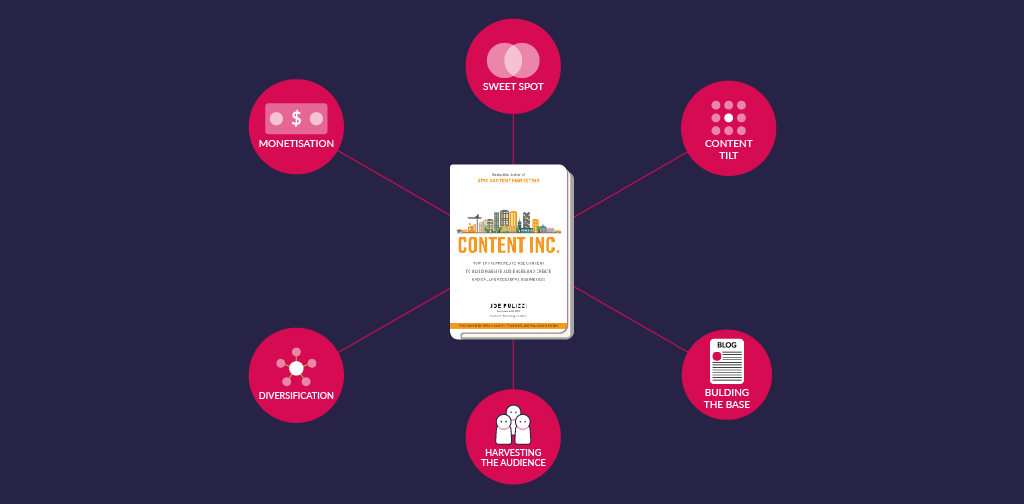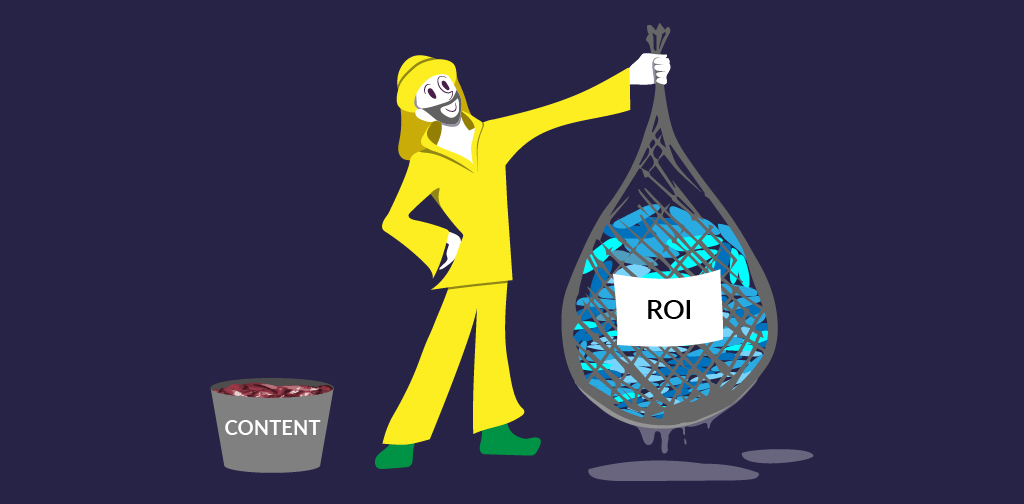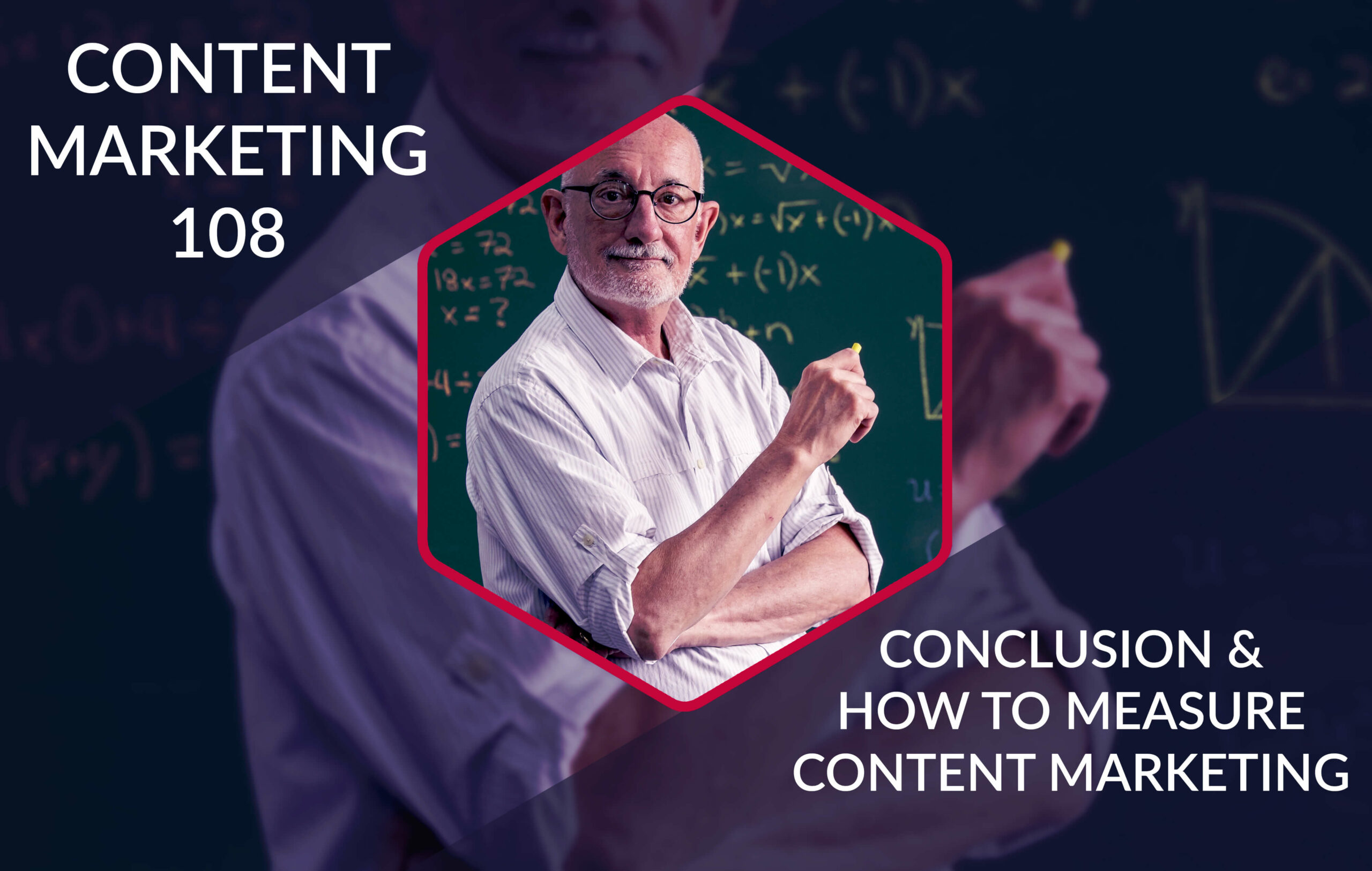
Table of content:
- 1. Here is a summary of them all:
- 2. Pro tip #1: Always document your goals
- 3. Pro tip #2: Be patient
- 4. Joe Pulizzi’s example shows that it’s worth to be patient
- 5. After Content Inc
- 6. First things first, you need to focus on content marketing ROI
- 7. How to measure content marketing ROI?
- 8. Key takeaway
The article contains:
Today, marketers can take advantage of many different opportunities to create and deliver their brand message. But the multitude of marketing channels can make developing a content marketing strategy a little confusing. After all, facing endless opportunities to reach and engage people carries the risk that brands spread themselves thin in trying to gain ground on every network, platform and content types out there.
That’s like shooting fish in a barrel. Content marketing isn’t just about delivering content. It’s about offering strategic content in the right way, through the right content marketing platform, at the right time, and to the right people.
That’s why the Content Inc model presented by Joe Pulizzi in his famous book has been such a massive success among content marketers all over the world. It helps them to consolidate efforts and gain a new focus when developing the content marketing strategy.
In our series of blog posts dedicated to the Content Inc model, we have shown you the basics of building an efficient content marketing strategy and covered each of the steps in detail.
Here is a summary of them all:
Finding your sweet spot – this is where brands need to find that space where their expertise intersects with skills and passion. The sweet spot helps to understand which topics could become the core of your content marketing strategy.
Tilting your content – the next step is determining how your brand can tilt that sweet spot into a place where there is almost no competition. It’s about the particular angle you will be taking in exploring your subject.
Building the base – this is about establishing the content type you will be there delivering and choosing your primary platform for disseminating that constant like a blog, website, YouTube channel, or podcast. Most B2B marketers will choose a blog hosted on the company website, but there are many other options you can choose from depending on what kind of audience you want to engage.
Harvesting your audience – once you start delivering content in your chosen medium, you’ll need to start converting one-time visitors into long-term subscribers. The idea is growing your subscriber base – most of the time, that will take the form of an email list. Email is a medium that offers brands most control over their following and not only helps return traffic to your content but also gives you a list of people who may want to be interested in buying your product or service.
Diversification – once you have built a substantial audience for your content, you can begin to expand into new delivery channels to attract new audiences and build a larger and more diverse following.
Monetisation – now that your online presence and expertise are established, and you have gathered and considerable following, it’s time to start exploring how you can charge for as your products and services using content.
Pro tip #1: Always document your goals
When following the Content Inc model, consider that strategic thinking that will help you understand where you want to be in 5 or even 10 years. Make sure not only to visualize but write down exactly how you’re going to get where you want. It’s important to know what your goals are but also how you are going to achieve them. Otherwise, you won’t be able to tell if you’re proceeding in the right direction. That’s why it’s a good idea to take the time to identify where you want to be and to write down how you’re going to get there. This is a very challenging task but having documented goals will make you 33% more successful in accomplishing them. Stop just talking about your goals, document them and prepare a strategy.
Pro tip #2: Be patient
Content marketing takes time to work. You must be patient because success with the Content Inc model or any other content marketing strategy is not going to happen overnight. Content marketing may take years to gain you leverage and create a ripple effect. That’s why you need to create your content marketing strategy and your business plan with patience in mind.
Joe Pulizzi’s example shows that it’s worth to be patient
Joe started in 2006 with a website called Copyblogger.com where he explored content marketing. But it wasn’t until 4 years later that he defined his vision, found his voice and finally felt like he could share a real value with his audiences. Today, Joe runs one of the fast-growing companies in the United States with a $10 million business. Before joining the content marketing game, ask yourself how much time, thought, energy, and hard work you’re willing to dedicate to your strategy. Once you determine the answer, you can apply it to your content marketing strategy to get the most out of it.
After Content Inc
Now that you know the Content Inc model, here are the next steps you should be taking in building and measuring your content marketing strategy.
First things first, you need to focus on content marketing ROI
Content marketing ROI is essential for measuring the success of your content marketing strategy. It’s basically a percentage that reflects how much revenue you gained from content marketing in comparison to what you spent on it.
For many businesses, ROI is easily the most important metric because it’s directly connected to revenue. But it’s not enough to consider money as an indicator of how well your content marketing strategy is working. If nobody is sharing in responding to your content, you won’t gain any revenue from it. That’s why it’s essential that you measure the right metrics. And that’s what the following sections are all about.
How to measure content marketing ROI?
First, figure out how much you have spent to produce the content. Even if you create content in-house, there will still be costs attached because you will be paying the salary of the content creator. Consider the cost of production as well – and we’re talking about any external content assets you had to pay for such as images, audio, video, or other outsourced work.
Consider how much it costs you to distribute your content as well. Again, don’t forget about the in-house costs. Make sure to include any paid promotions such as social advertising or PPC advertising. Include the cost of any special tools that you use for content creation and distribution.
Adding up all these expenses will help you to learn the true cost of producing your content.
Now it’s time to check how much you get in return. Successful content generates leads, and some of them turn into sales.
Sometimes, you will be able to see a clear connection between content and revenue. For example, when people read a piece of your content, click on your call to action, and then buy something. That type of journey is very straightforward.
However, you may also find yourself puzzled in situations where the relationship between sales and content isn’t as direct. That’s why you need to measure specific content marketing metrics that will help you understand how your content is performing.
Finally, you will be able to calculate your content marketing ROI. For example, if you spend $500 on creating a piece of content and got leads that are worth $2000 then you’re ROI is 300%.
Ultimately, if you manage to spend less on producing complement what you earn sales from it, your content marketing strategy is definitely worth it.
Now that you know how to calculate content marketing ROI, let’s have a look at three critical metrics you should be measuring to understand and report on content ROI better.
Note: Make sure that you have Google Analytics set up on your page and, if you’re using WordPress, install Google Analytics as well.
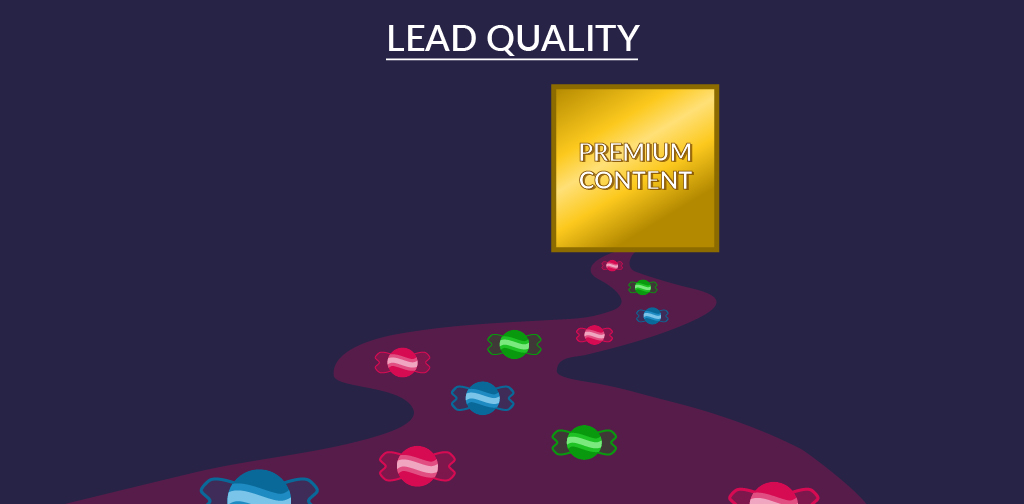
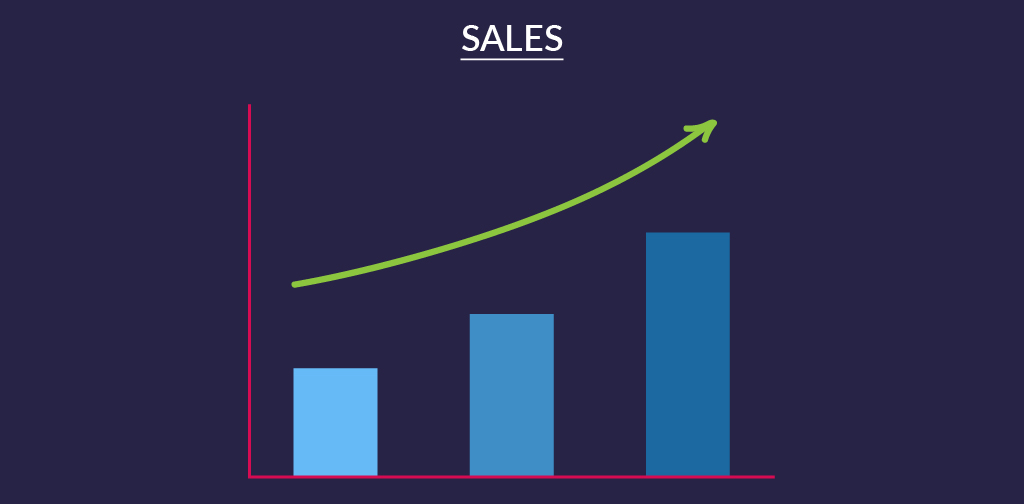
Assisted Conversions – people consume content over a period of time. We can easily imagine a scenario where a visitor reads a blog post they found on Google and then leaves your site to do some comparison shopping. The next day, he or she returns to your site to make a purchase. How can track that customer journey? You can get that information through Google Analytics with the help of Assisted Conversions. The feature measures the number of conversions that a given channel assisted with at any point during the customer journey. You can check them by going to Conversions > Multi-channel funnel > Assisted Conversions. All it takes is looking at the channel and checking the Lead or Click Direct Conversion value column to see how much money each channel has generated, directly or indirectly.
Key takeaway
These three metrics are essential for calculating marketing ROI, but they’re just the tip of the iceberg. There are many more metrics you should be keeping an eye on to ensure that your content strategy is going in the right direction and helping your brand boost sales but also build thought leadership in the sector.
Do you have any questions about measuring marketing ROI? Or perhaps you have some tips of your own? Please share them in the comments to help other content marketers in the quest for the best content marketing strategy.

